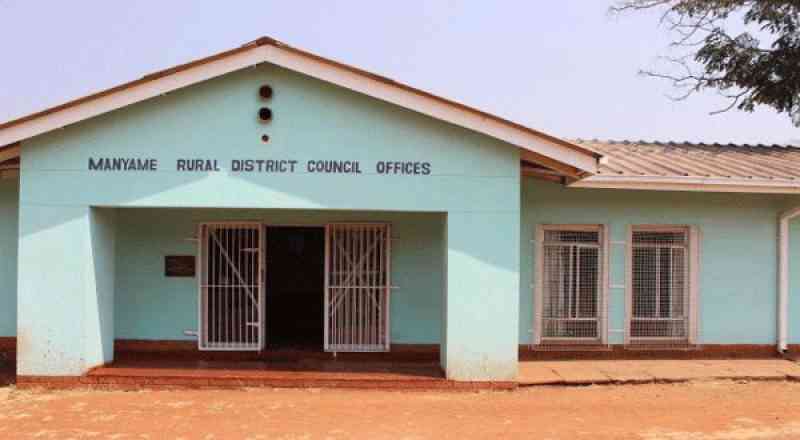
USAID food security arm, FEWS NET, says government’s extending of lockdown restrictions indefinitely was further threatening informal sector incomes at time many households depend on this source.
BY TATIRA ZWINOIRA
On May 16, President Emmerson Mnangagwa announced an indefinite extension of COVID-19 lockdown restrictions, albeit, with a partial opening of the economy.
However, while this means that formal businesses are allowed to re-open provided they put COVID-19 measures in place, the informal sector remains banned when an estimated 70% of the economy relies on this sector.
“In mid-May, the government indefinitely extended some restrictions to curb the spread of COVID-19 while reviewing the measures every two weeks. Under the restrictions, national borders remain closed except for essential formal imports and returning citizens. Privately-owned transport services, inter-city, and rural-urban public transport remain banned,” said FEWS NET, in its new May update.
“While formal businesses are allowed to re-open, restrictions on the informal sector continue. Many urban households relying on the informal sector have seen a significant decrease or complete loss of this income source.
Additionally, these measures are impacting rural households by constraining livelihood activities, travel and access to markets.”
As previously reported in our sister paper, The Standard, the majority of the working population earn a living from the informal sector.
- Chamisa under fire over US$120K donation
- Mavhunga puts DeMbare into Chibuku quarterfinals
- Pension funds bet on Cabora Bassa oilfields
- Councils defy govt fire tender directive
Keep Reading
According to Zimstat, out of the 8,1 million persons working age population, 2 897 064 were employed with 40% of this figure being employers. This means the remainder of the working age population is informal.
Working in the informal sector helped deal with the continued fall of the Zimbabwe dollar (ZWL) as prices could be adjusted according to the parallel market rate whose continued erosion continues to devalue earnings and raise prices.
Last week, Zimstat reported that annual inflation for April rose to 766% up from 676% recorded in March.
“Following the mid-May announcement of the imminent release of new ZWL10 and ZWL20 bond notes, the local currency devalued by over 30 percent on the parallel market in one week,” FEWS NET said.
“Parallel market exchange rates increased from around 1:50 for the US Dollar against the local currency to nearly 1:70 compared to the official 1:25, over the same period, further driving up prices of most goods and services.”
The United Nations Development Programme in Zimbabwe recently advised that in the absence of a robust social protection programme, as government continues to fail to provide such mechanisms, the authorities must devise ways to keep the informal sector open.











